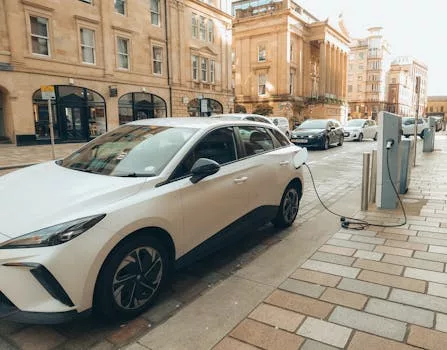
Smart Cities: Urban Trends for 2025 – Embracing Innovation and Sustainability
Smart Cities, Urban Trends for 2025 are revolutionizing the way we live, work, and interact with our environment. As the world becomes increasingly urbanized, cities are looking for innovative solutions to manage growth, reduce their environmental footprint, and improve the quality of life for their citizens. In this article, we will explore the latest trends and innovations in Smart Cities, focusing on sustainability, technology, and infrastructure.
Introduction to Smart Cities
A Smart City is an urban area that uses information and communication technology (ICT) to enhance the quality of life for its citizens, improve the efficiency of its infrastructure, and reduce its environmental impact. Smart Cities aim to create a sustainable, livable, and resilient environment by leveraging technology, data, and innovation. The concept of Smart Cities has been around for several years, but it has gained significant momentum in recent years, with many cities around the world investing heavily in Smart City initiatives.
Urban Trends for 2025
As we look ahead to 2025, several urban trends are expected to shape the future of Smart Cities. Some of the key trends include:
- Sustainability: Cities will focus on reducing their environmental footprint by investing in renewable energy, reducing waste, and promoting green transportation.
- Technology: The use of technology will become even more pervasive in cities, with the Internet of Things (IoT), artificial intelligence (AI), and data analytics playing a key role in improving infrastructure, services, and quality of life.
- Infrastructure: Cities will invest in modern, efficient, and sustainable infrastructure, including transportation systems, energy grids, and public buildings.
- Citizen Engagement: Cities will prioritize citizen engagement and participation in the decision-making process, using digital platforms and other tools to foster a sense of community and inclusivity.
Key Features of Smart Cities
Smart Cities typically feature a range of innovative technologies and initiatives, including:
- Smart Grids: Advanced energy management systems that optimize energy distribution and consumption.
- Intelligent Transportation Systems: Smart traffic management systems that reduce congestion and improve public transportation.
- Green Buildings: Energy-efficient buildings that minimize environmental impact and reduce energy consumption.
- Smart Waste Management: Innovative waste management systems that reduce waste and promote recycling.
- Public Wi-Fi: Free or low-cost internet access that promotes digital inclusion and connectivity.
Conclusion
Smart Cities, Urban Trends for 2025 offer a glimpse into the future of urban living, where technology, innovation, and sustainability come together to create a better quality of life for citizens. As cities continue to evolve and grow, it is essential to prioritize Smart City initiatives that promote efficiency, resilience, and environmental sustainability. By embracing these trends and features, cities can create a brighter, more sustainable future for generations to come.






